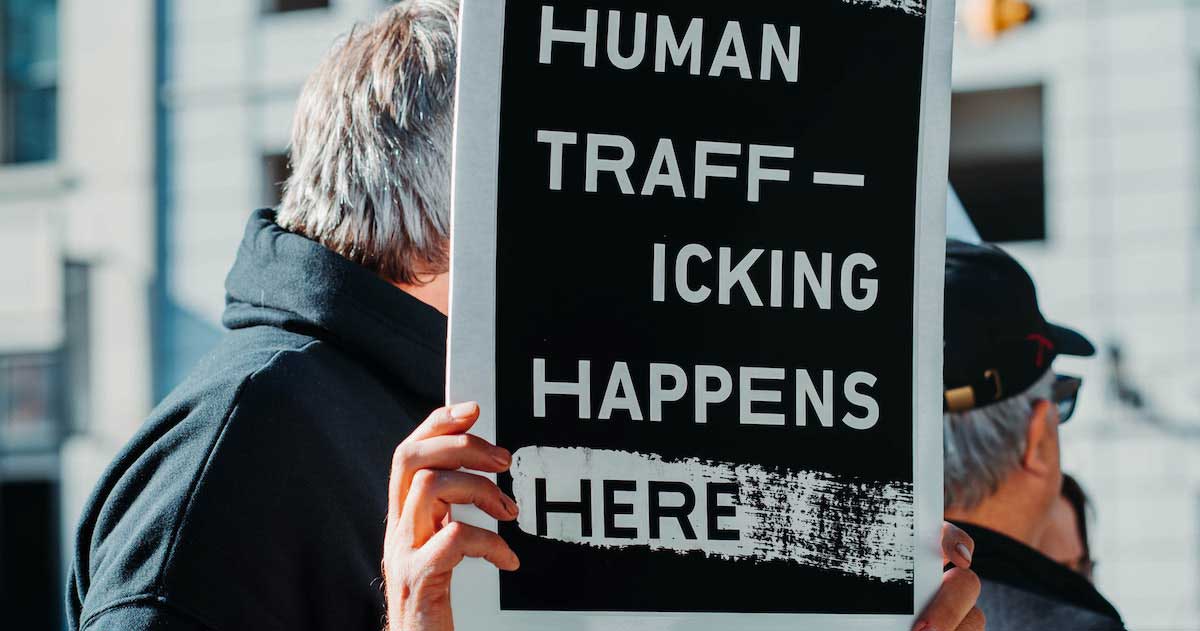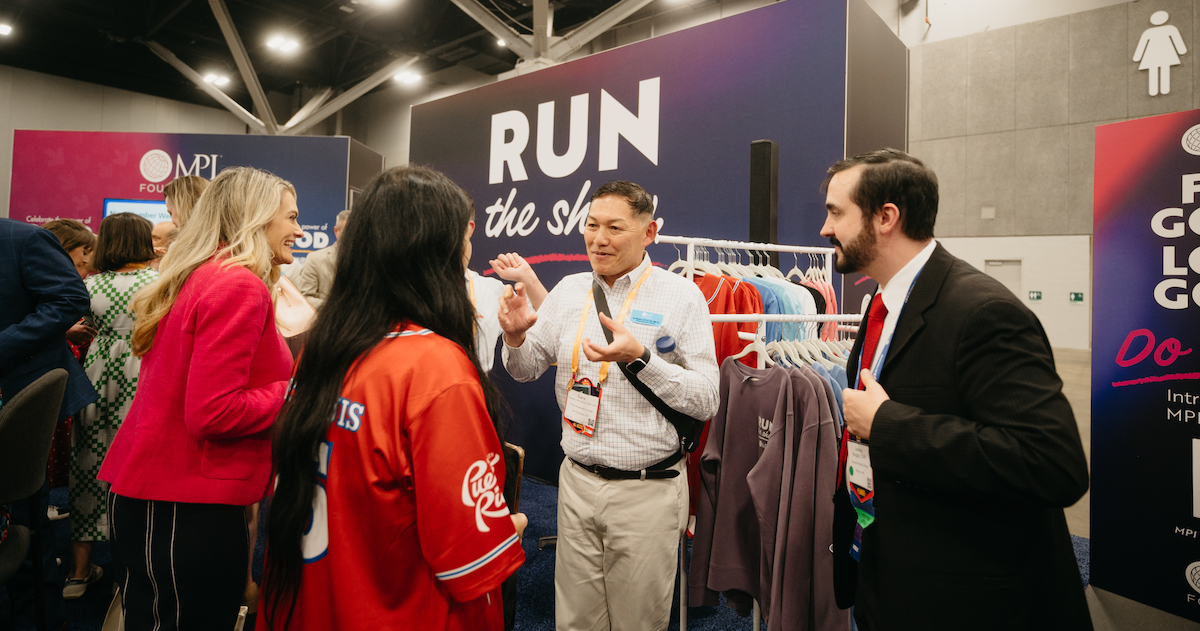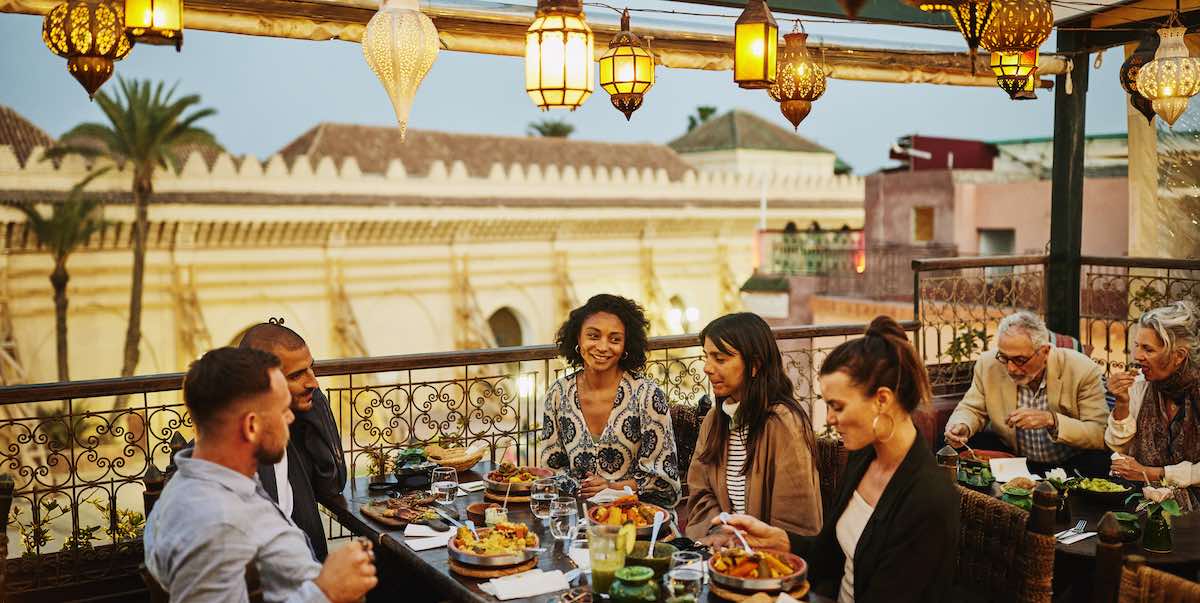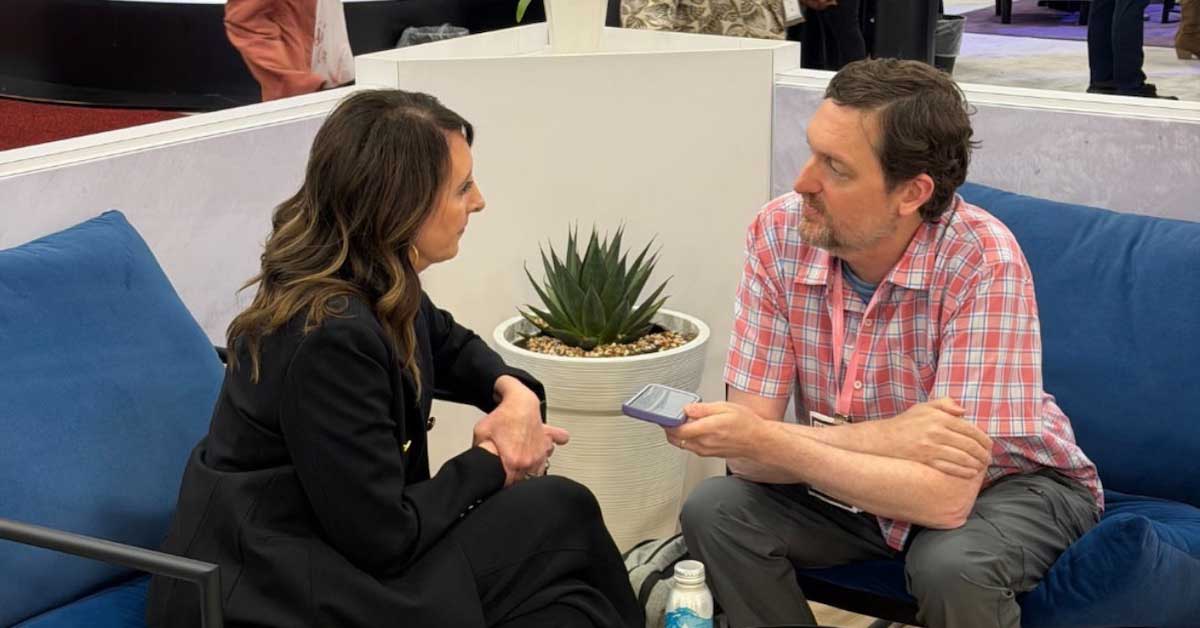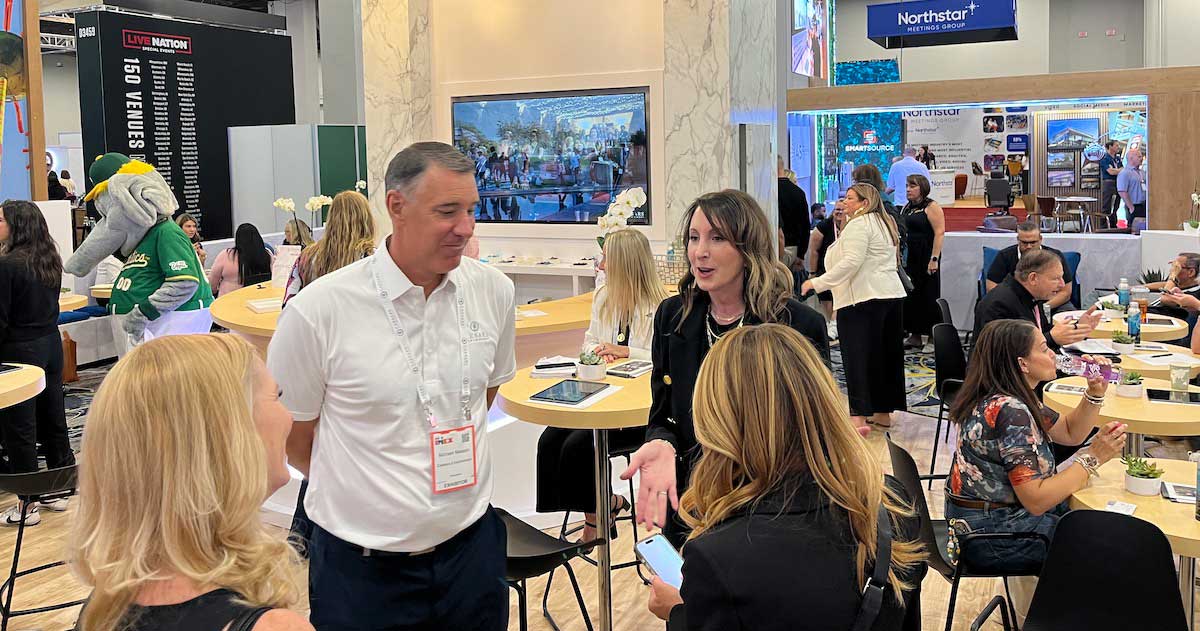On April 8, 2021, meeting professionals from around the world will come together virtually to celebrate Global Meetings Industry Day (GMID). Confined by continuing pandemic lockdowns and potential new surges from COVID superspreader events such as spring break for college students, our industry’s events remain primarily virtual or hybrid. While the pandemic has monopolized headlines globally, there is another global issue that continues to grow: human trafficking.
Human trafficking is a two-headed monster—one a slave labor issue and the other sex trafficking. For purposes of this article, the focus will be only on sex trafficking. Human trafficking knows no boundaries as to race, gender, age or sexual orientation. Many organizations around the world work in opposition to human trafficking. The Polaris Project, ECPAT (USA and International), UNICEF and World Hope International are just a few of many groups, governmental and otherwise, working to stop human trafficking. These organizations do wonderful work, but it is not these groups that are the subject of this article—it is the victims.
One of the myths of human trafficking is that it only affects females. Meet “Ben,” a young Black man living in the UK who prefers not to disclose his real name. Ben was abused by as many as 30 to 40 men by age 13. Some were married, some had children of their own and some were teachers.
“Human trafficking knows no boundaries as to race, gender, age or sexual orientation.”
Ben misguidedly announced his sexual orientation on social media and immediately was sought out online by adult males seeking to have sex with him, convincing him that having sex with older men was quite normal. Ben called a children’s help line who in turn referred the matter to police, who never showed up. To him, this meant it was perfectly fine and anyone trying to stop him was trying to stop him from being gay. The abuse continued for years, and law enforcement has apologized to him for failing to reach out to help
Ben is now a student, but deep inside he still lives in the horror that was his life, noting that while 99 percent of the time he is fine, the memories remain, and he wishes it never had happened. His fear is that it will happen to others like him. He is correct in that fear—it does happen to young boys of all kinds, including gay boys. They are at tender ages and exposed. Ben is a perfect example of a vulnerable human being.
Another myth of human trafficking is that most victims are kidnapped. They are not. Meet Barbara, who at age 12-13 was being molested by her father. Barbara went to her mother, who instead of helping her said, “It did not happen; go to your room.” Barbara’s older brother, observing his father’s actions, raped Barbara because if dad did it, it was OK for him to do so as well. She went to mom for help but again was rebuffed.
Barbara felt defenseless and alone and ran away from home at age 13. She was picked up by traffickers who clothed her, fed her and convinced her nobody else wanted her. She was taken to New York City, where her indoctrination continued. At age 16, she had been arrested many times for prostitution and had become a heroin addict, a commonality among trafficked victims. During one arrest, she told the police officer that she was only 16. She was removed from jail and began her journey back to some form of normalcy, which was neither easy nor short.
Raise awareness. End human trafficking.
Barbara was a vulnerable child who did not believe her family loved her and was readily convinced by traffickers that they did. She now speaks openly about that horrible phase of her life, is a member of ECPAT-USA’s Survivors Council and is continuing to heal. Barbara is yet another example of a vulnerable human being.
Another myth of human trafficking is that it does not happen to wealthy families. It does. The NXIVM (pronounced Nexium) cult was started by a man named Keith Raniere, who indoctrinated two women to aid him in attracting vulnerable women to his cult. A well-known heiress (Clare Bronfman) and actress (Allison Mack) have been charged with numerous crimes, including sex trafficking, forced labor conspiracy and racketeering.
Raniere is now serving a sentence of 120 years in prison. One victim is the daughter of actress Catherine Oxenberg (best known for her role in Dynasty). After seven years, Catherine was successful in rescuing her daughter, India Oxenberg, from the cult. India is yet another vulnerable child indoctrinated into what was a sex cult masquerading as a self-improvement program. Her story is told in the documentary Seduced: Inside the NXIVM Cult.
The stories told here are but a few of the thousands being told around the world. While these stories are brief, the message is clear. Trafficking victims need help and outreach to ensure they are recognized as fellow human beings. As we approach GMID, consider learning more about what human trafficking is and how you can help by visiting MPI’s resource page. Resources found here are regularly updated by MPI’s Anti-Human Trafficking Task Force, of which I am a member. The team spent an entire year’s worth of volunteer time to develop the information posted. Use it to engage in acts of human kindness and in recognizing that human trafficking victims are human beings too.
Photo by Hermes Rivera on Unsplash
